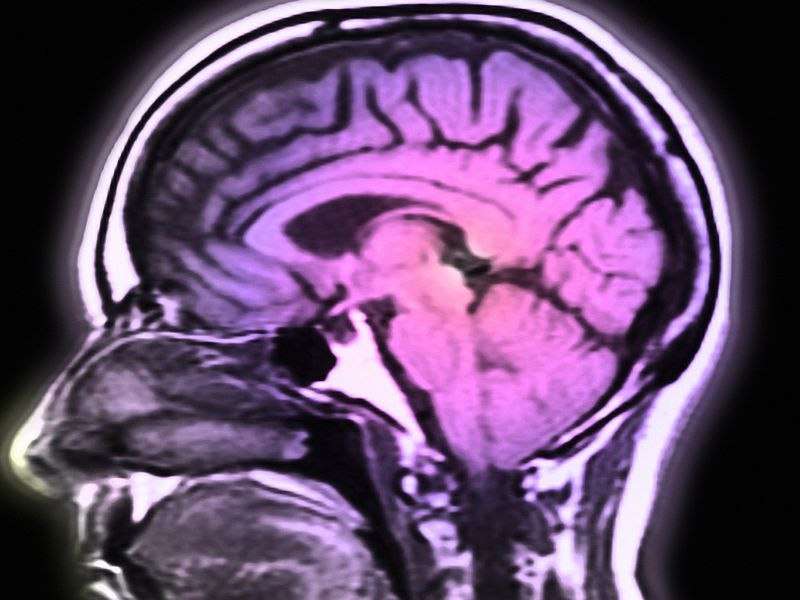Bicycling 'overloads' movement networks with Parkinson's

(HealthDay)—Bicycling suppresses abnormal beta synchrony in the Parkinsonian basal ganglia, according to a study published online Sept. 11 in the Annals of Neurology.
Lena Storzer, Ph.D., from Heinrich Heine University Düsseldorf in Germany, and colleagues compared bicycling and walking in Parkinson's disease patients (five patients with and eight patients without freezing of gait) with electrodes implanted in the subthalamic nuclei for deep brain stimulation. Low (13 to 22 Hz) and high (23 to 35 Hz) beta power changes were analyzed in 13 patients (57.5 years; four female).
The researchers found that in patients without freezing of gait, both bicycling and walking led to a suppression of subthalamic beta power (13 to 35 Hz), and this suppression was stronger for bicycling. For those with freezing of the gait, a similar pattern was observed, in general. However, a movement-induced, narrowband power increase around 18 Hz was evident even in the absence of freezing.
"Abnormal ~18 Hz oscillations are implicated in the pathophysiology of freezing of gait, and suppressing them may form a key strategy in developing potential therapies," the authors write.
Several authors disclosed financial ties to the medical device industry.
More information:
Abstract
Full Text (subscription or payment may be required)
Copyright © 2017 HealthDay. All rights reserved.


















